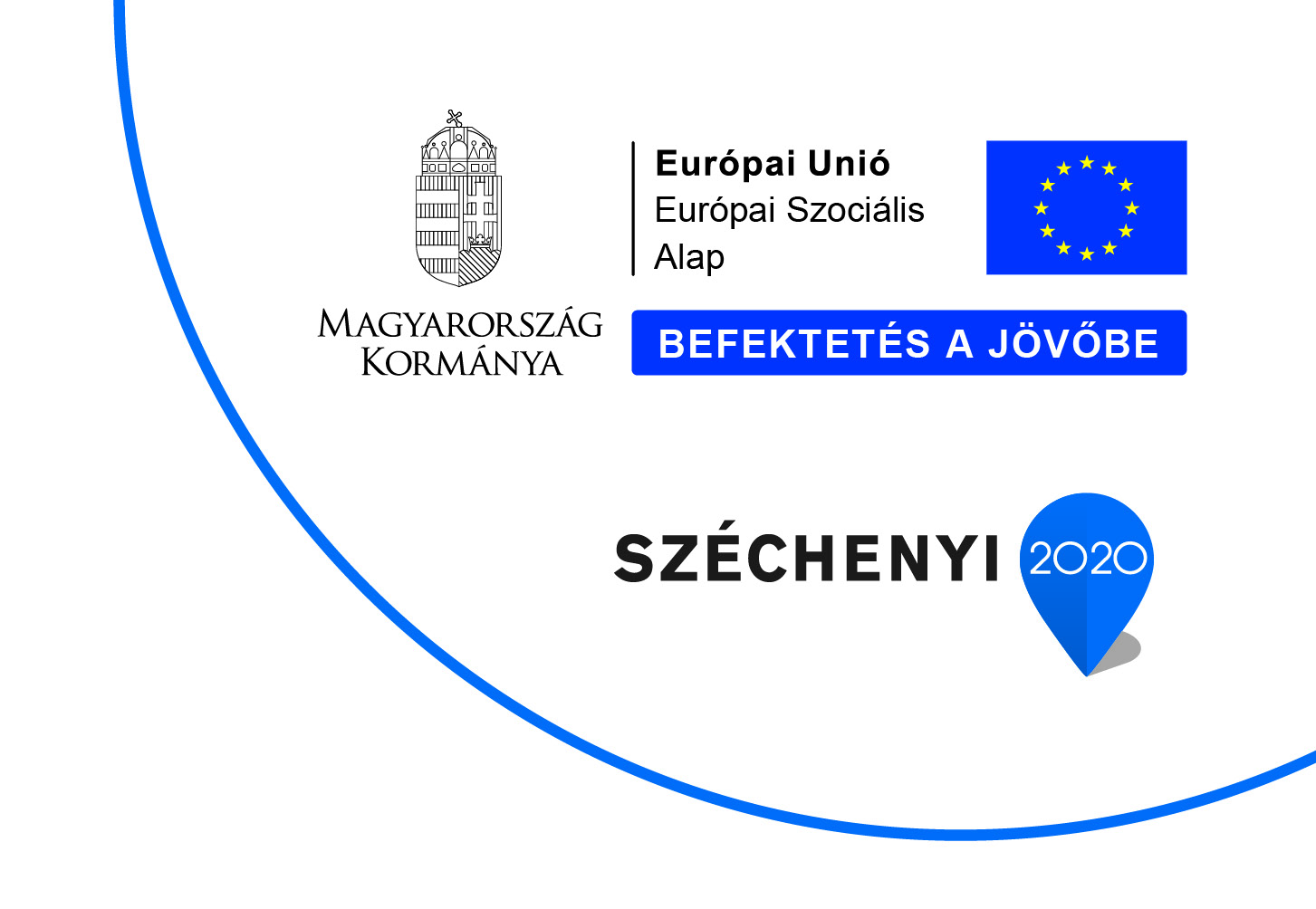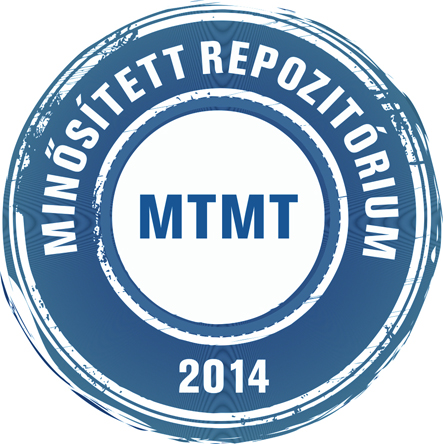Zia Reema (2023) Comparative Advantage and Policy Analysis of Pakistan’s Rice (Paddy) Sector. In: Energy Crisis and Security Challenges in the World - Sustainable Responses of the Asian Economies and Societies. Budapesti Gazdasági Egyetem, Budapest, Magyarország, pp. 135-165. ISBN 978-615-6342-67-6
Előnézet |
Szöveg
OBIC Book Series 3-beliv-web-06_jav.pdf - Megjelent verzió Download (422kB) | Előnézet |
Abstract
The study applied the Policy Analysis Matrix (PAM) approach to examine the comparative advantage of Pakistan’s rice (paddy) sector and to assess the role of government policies in the production and trade of Basmati and IRRI (International Rice Research Institute introduced variety) rice for the harvesting years 2013–2014 and 2017–2018. From the outcomes it was clear that production of Basmati paddy in Pakistan and Punjab was profitable for export purpose, which was confirmed by the Social Benefit Cost (SBC) and Domestic Resource Cost (DRC) analyses. While the DRC and SBC ratio of IRRI paddy for Pakistan and Punjab depicted a comparative disadvantage of these regions in IRRI production, whereas only Sindh showed a comparative advantage in IRRI production in 2017–2018. It was evident from the Nominal Protection Coefficient (NPC) and Effective Protection Coefficient (EPC) outcomes, that Basmati production was being taxed in the year 2017–2018, while IRRI production was supported in the country in both harvesting years. From the Net Private Profitability (NPP) and Net Social Profitability (NSP) outcomes, the fact was further strengthened that Punjab has a comparative advantage only in Basmati production, while IRRI paddy should only be produced in Sindh for export purposes. The study suggests that the comparative advantage of Basmati and IRRI paddy can be enhanced by augmenting yield and export parity prices, while production of IRRI paddy in Punjab should be discouraged and resources should be reallocated in the next efficient enterprises. Moreover, the public and private sectors should work together to minimize the major costs, especially the costs of fertilizers and pesticides.
Tudományterület / tudományág
társadalomtudományok > regionális tudományok
Intézmény
Budapesti Gazdasági Egyetem
| Mű típusa: | Könyv része | ||||||
|---|---|---|---|---|---|---|---|
| Szerző publikációban használt neve: |
|
||||||
| Kulcsszavak: | Basmati and IRRI Export, Policy Analysis Matrix, comparative advantage, SBC, DRC | ||||||
| Felhasználó: | Eszenyi-Bakos Kinga | ||||||
| DOI azonosító: | https://doi.org/10.29180/978-615-6342-67-6_6 | ||||||
| Rekord készítés dátuma: | 2023. Aug. 08. 11:18 | ||||||
| Utolsó módosítás: | 2023. Aug. 10. 07:51 | ||||||
| URI: | https://publikaciotar.uni-bge.hu/id/eprint/2094 |
Actions (login required)
 |
Tétel nézet |




